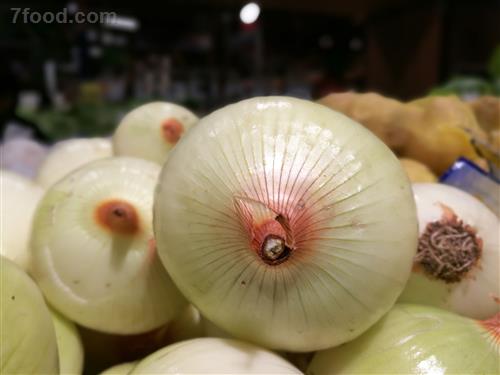Everyone has a refrigerator at home, but not necessarily everyone: What foods should not be refrigerated? How long can different foods be kept in the refrigerator? Do you all know this? Beef: refrigerate for 1~2 days, freeze for 90 days Meat steaks: refrigerated 2~3 days, frozen 270 days Chicken: chilled for 2 to 3 days, frozen for 360 days Fish: refrigerated 1~2 days, frozen 90~180 days Egg: Refrigerated 30~60 days Cooked eggs: refrigerated for 6~7 days Milk: Refrigeration 5~6 days Yogurt: Refrigeration 7~10 days Drinks, alcohol: Store at about 4°C, drink as much as possible after opening Leftovers: refrigerated for no more than 3 days Leftovers: Vegetables should not be stored in the refrigerator, it is recommended to eat now Peanut butter, sesame paste: After opening jars, refrigerate for 90 days Celery: Refrigerated 7~14 days Chicken: chilled for 2 to 3 days, frozen for 360 days Canned Food: Unopened Canned 360 Days Peanut butter and sesame sauce: Opened cans for 90 days Coffee: canned and opened for 14 days Apple: Refrigerated 7~12 days Citrus: Refrigerated 7 days Pears: Refrigeration 1~2 days Spinach: refrigerated 3~5 days Carrot, celery: Refrigerated 7~14 days Do not eat these foods in the refrigerator 1. Tomatoes, onions, squashes, and potatoes: Store in a cool, dry place 2. Cucumber, green pepper: For a long time in the refrigerator easy to black, soft, taste 3. Tropical Fruits and Subtropical Fruits such as Bananas, Mangoes, etc.: Poorly adaptable to low temperature, the refrigerator will affect the taste 4. Braised chicken, ham and other meat pickled products: suitable for a cool and ventilated place Best food storage location Refrigerator 1, refrigerator door frame The temperature is relatively high, convenient to take, suitable for some foods that can be temporarily stored at room temperature, not easy to bad or immediately eat, such as after the opening of beverages, condiments and so on. 2, the upper floor at the door The upper temperature is slightly higher than the lower layer, suitable for direct cooked foods, yogurt, desserts, etc. These foods should avoid low temperatures. 3, the upper back wall The temperature at the back wall is lower than that at the door, suitable for foods that are not afraid of freezing, including leftovers, leftovers, leftover soy products, and milk. Note: Leftover leftovers should be packed in crisper boxes or plastic wraps to prevent cross-contamination and odor. 4, the lower floor at the door Put a variety of green leafy vegetables and fruits and avoid storing them on the inner wall of the refrigerator to avoid frostbite. 5, the lower back wall Uncooked foods that require cryopreservation, such as tofu, are also suitable for foods that are tightly packaged without fear of cross-contamination, such as bags of cooked meat. 6, preservation layer The frozen soured meat, chilled fish and other aquatic products to be eaten within 24 hours of purchase shall be placed in the fresh-keeping container at the bottom of the refrigerator compartment; If there is a special temperature-control preservation layer, it is better to put the meat in the preservation layer at -1°C-1°C; If the fresh-keeping layer has two drawers, it is recommended that fish and meat be placed on the lower layer and separated from the fruits that need to be refrigerated. Freezer 1, upper layer This layer is generally a quick-freeze grid, the lowest temperature, fast freezing speed, suitable for the production of quick-frozen dumplings, oysters and so on. Note: These foods are frozen and placed in the middle layer. 2, the middle layer Suitable for storing foods that do not need long-time heating, such as steamed buns, bread, buns, and ice cream. 3, the lower layer Put frozen fish, raw meat, seafood, etc. to separate raw and cooked foods to avoid cross-contamination. Zhuhai Mingke Electronics Technology Co., Ltd , https://www.zhmkdz-electronics.com